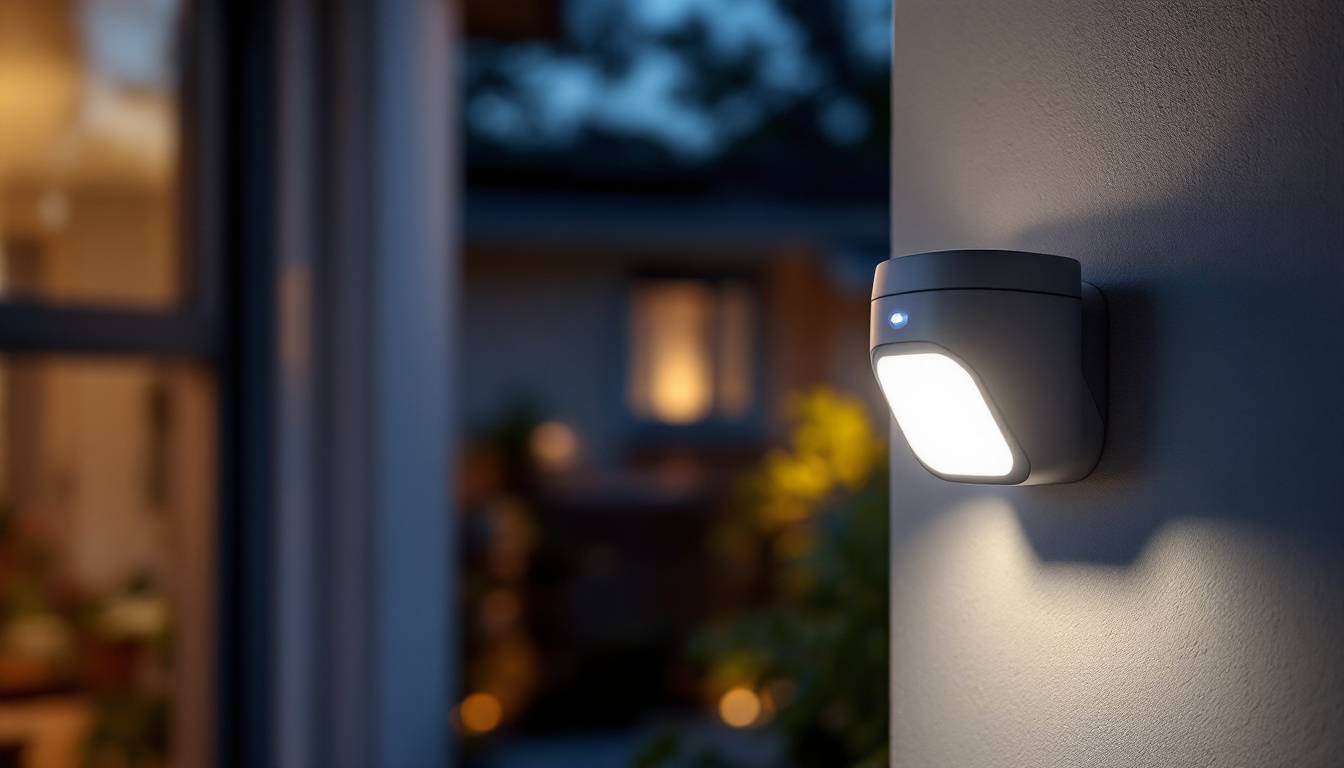
In the world of lighting installation and design, understanding bulb base sizes is crucial for contractors aiming to deliver optimal solutions for their clients. The regular bulb base size can significantly influence the choice of fixtures, the type of bulbs used, and ultimately, the overall quality of lighting in a space. This article explores various hacks and tips that can help smart lighting contractors navigate the complexities of bulb base sizes effectively.
Bulb base sizes refer to the physical dimensions and design of the base of a light bulb, which connects it to the fixture. These sizes are standardized, allowing for compatibility across different manufacturers and types of lighting. The most common bulb bases include the Edison screw (E26, E27), the bayonet base (B22), and the candelabra base (E12).
Each base size has its own applications and advantages. For instance, the E26 base is prevalent in household lighting, while the B22 is often found in commercial settings. Understanding these distinctions is essential for lighting contractors to ensure they select the right bulbs for their projects. Additionally, the choice of base size can influence energy efficiency; for example, LED bulbs with an E26 base tend to consume significantly less power than traditional incandescent bulbs, making them a popular choice for eco-conscious consumers.
Familiarity with the various bulb base types is fundamental for any lighting contractor. The Edison screw bases, for example, are widely used and come in several sizes, including E12, E26, and E27. The E26 is particularly popular in North America, while the E27 is more common in Europe. This geographical distinction can lead to confusion for contractors working on international projects, making it essential to be aware of local standards and preferences.
On the other hand, the bayonet base is characterized by its push-and-twist mechanism, which provides a secure fit in fixtures. This type is often used in outdoor lighting and applications where vibrations might dislodge a standard screw base bulb. Understanding these types can help contractors make informed decisions when selecting bulbs for specific environments. Furthermore, the candelabra base (E12) is frequently used in decorative fixtures, such as chandeliers and sconces, where a smaller bulb is aesthetically more pleasing. This versatility in design allows for creative lighting solutions that can enhance the ambiance of a space.
Choosing the correct bulb base size is not merely a matter of compatibility; it can also affect the performance and efficiency of the lighting system. An inappropriate base size can lead to issues such as flickering, overheating, or even damage to the fixture. For instance, using an E27 bulb in a fixture designed for E26 can result in a loose connection, causing intermittent lighting problems that frustrate users.
Moreover, using the right base size ensures that the light output meets the client’s expectations. For example, a contractor installing recessed lighting must consider the base size to achieve the desired brightness and ambiance. Therefore, understanding the implications of base size selection is crucial for delivering high-quality results. Additionally, the choice of base size can also impact the longevity of the bulb; a proper fit minimizes wear and tear, ultimately leading to lower replacement costs and improved customer satisfaction. In a world increasingly focused on sustainability, making informed decisions about bulb bases can contribute to more efficient energy use and reduced waste in the long run.
With a plethora of bulb base sizes available, selecting the right one can be daunting. However, several hacks can simplify this process for lighting contractors, ensuring they make the best choices for their projects.
One effective hack is the use of conversion adapters. These adapters allow contractors to use bulbs with different base sizes in fixtures designed for a specific size. For instance, an E26 to E12 adapter can enable the use of smaller candelabra bulbs in standard fixtures.
This flexibility can be particularly useful in retrofitting projects or when clients have specific aesthetic preferences. However, it is essential to ensure that the wattage and voltage ratings of the bulbs are compatible with the fixture to avoid any electrical issues. Furthermore, contractors should consider the overall design and ambiance of the space; using an adapter can open up a wider range of decorative options, allowing for creative lighting solutions that enhance the environment.
Maintaining a reference guide that outlines the various bulb base sizes, their applications, and specifications can be a valuable resource for contractors. This guide can serve as a quick reference during consultations or on-site assessments, helping contractors make informed decisions swiftly.
Additionally, including visual aids such as diagrams or images of different base types can enhance understanding and communication with clients, ensuring everyone is on the same page regarding lighting choices. A well-organized reference guide can also include tips on the best types of bulbs for specific applications, such as warm white for cozy living spaces or daylight bulbs for task-oriented areas, further aiding contractors in making tailored recommendations to their clients.
In today’s digital age, technology can be a contractor’s best friend. Numerous apps and online tools can help quickly identify bulb base sizes and their compatibility with various fixtures. By leveraging these resources, contractors can save time and reduce the likelihood of errors during installations.
For example, scanning a barcode or entering a bulb’s specifications into an app can provide instant information about the base size and suitable fixtures. This efficiency can lead to smoother project execution and increased client satisfaction. Additionally, some advanced tools offer augmented reality features, allowing contractors to visualize how different bulbs will look in a space before making a purchase, thus enhancing the decision-making process and ensuring that the final lighting choices align perfectly with the client’s vision.
Even experienced lighting contractors can make mistakes when it comes to bulb base sizes. Being aware of common pitfalls can help prevent costly errors and ensure successful installations.
One of the most significant mistakes contractors can make is assuming that all bulbs of a certain type will fit all fixtures. While many bulbs may share similar base sizes, slight variations in design can affect compatibility. Always double-check the specifications before making a purchase.
Additionally, consider the fixture’s design and any potential obstructions that may affect bulb installation. For instance, a bulb with a larger diameter may not fit into a compact fixture, even if the base size is correct.
Another common oversight is neglecting energy efficiency when selecting bulbs. While base size is critical, the type of bulb—whether incandescent, LED, or fluorescent—also plays a significant role in energy consumption and longevity.
Contractors should educate clients about the benefits of energy-efficient bulbs, such as LEDs, which can significantly reduce electricity costs over time. By prioritizing energy efficiency alongside base size, contractors can provide clients with sustainable and cost-effective lighting solutions.
Local building codes and standards can dictate specific requirements for lighting installations, including bulb base sizes and types. Ignoring these regulations can lead to compliance issues and potential safety hazards.
Contractors should familiarize themselves with local codes and ensure that all installations adhere to these guidelines. This diligence not only protects the contractor but also ensures the safety and satisfaction of the client.
Once the appropriate bulb base size has been selected, following best practices during installation is crucial for achieving optimal results. These practices can enhance the performance and longevity of the lighting system.
Handling bulbs with care is essential to prevent damage. Contractors should always hold bulbs by the base rather than the glass to avoid breakage. Additionally, wearing gloves can prevent oils from fingers from transferring to the bulb, which can lead to overheating and reduced lifespan.
When installing bulbs, ensure that the fixture is turned off and, if possible, allow it to cool down before handling. This precaution helps prevent burns and ensures a safe installation process.
Before completing the installation, it is advisable to test the bulbs to ensure they function correctly. This step can prevent the need for costly returns or adjustments later on. Testing can also help identify any compatibility issues that may not have been apparent during the selection process.
Contractors should take the time to verify that the light output meets the client’s expectations and that there are no flickering or dimming issues. This attention to detail can significantly enhance client satisfaction and build trust in the contractor’s expertise.
Educating clients about their lighting choices can empower them to make informed decisions in the future. Contractors should take the time to explain the importance of bulb base sizes, energy efficiency, and maintenance practices.
Providing clients with a simple guide on how to change bulbs, troubleshoot common issues, and understand the benefits of different bulb types can enhance their overall experience. This proactive approach not only fosters client loyalty but also positions the contractor as a knowledgeable and reliable resource.
Understanding regular bulb base sizes is an essential skill for lighting contractors. By utilizing the hacks and best practices outlined in this article, contractors can streamline their selection process, avoid common mistakes, and deliver high-quality lighting solutions that meet client needs.
In a rapidly evolving industry, staying informed about the latest trends and technologies in lighting can provide contractors with a competitive edge. Embracing these strategies will not only enhance project outcomes but also contribute to long-term success in the lighting contracting business.
Ready to elevate your lighting projects with the right bulb base sizes and top-quality fixtures? Look no further than LumenWholesale for all your lighting needs. We provide contractors with spec-grade lighting products at unbeatable wholesale prices, ensuring you get the best value for your investment. Say goodbye to inflated markups and hello to a vast selection of reliable, high-performance lighting options that meet the highest industry standards. Plus, with free shipping on bulk orders, you can stock up on premium lighting without the worry of hidden fees. Don’t compromise on quality or cost. Wholesale Lighting at the Best Value is just a click away. Make the smart choice for your business and your clients with LumenWholesale.

Discover essential tips for lighting contractors to seamlessly integrate 4 LED strip lights into projects.

Discover how theater wall lights are transforming spaces with real-world success stories from lighting contractors.

Discover how motion outdoor sensors revolutionize safety in lighting installations by providing efficient, energy-saving solutions.

Discover essential tips for selecting and installing wall outlets to enhance your lighting projects.